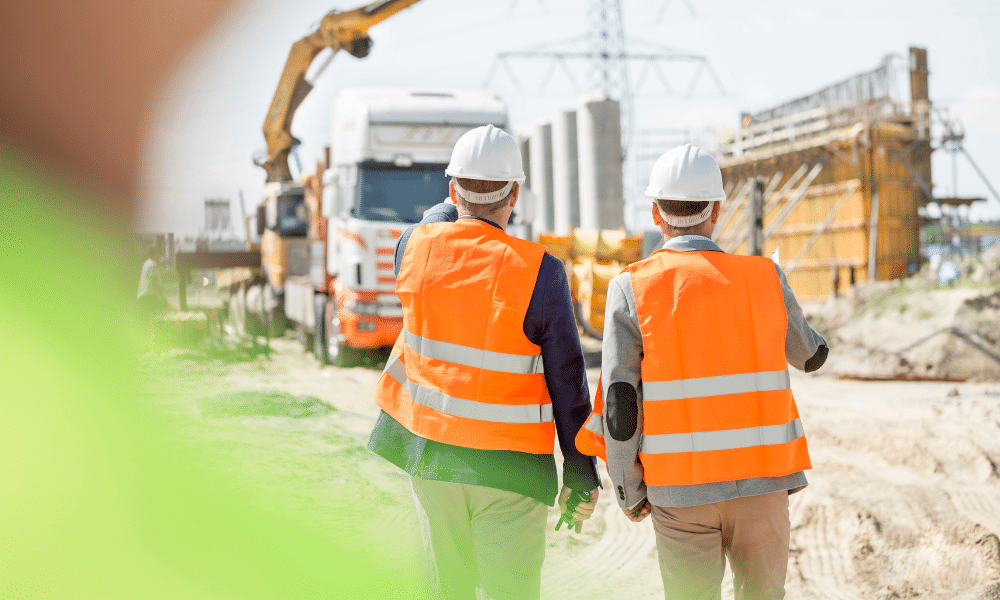Construction sites are hazardous zones that no member of the public should ever be in or around. Every year, thousands of accidents happen on worksites worldwide; a large margin of these are due to innocent members of the public wandering into dangerous spaces.
Preventing these accidents is a simple matter with precautions such as setting up warning signs, traffic cones, or temporary fencing.
Construction Site Fencing Regulations
While imposing safety construction fencing regulations is usually a simple process, things can sometimes get complicated depending on the specifics of your site.
Regulations apply to all manner of safety fencing, from the topography of the construction site to the volume of passers-by traversing near the site.
The Public Will Be Around Construction
If a new construction site opens up in a neighbourhood, it’s natural for residents to wonder what is being built. Moreover, sometimes during the beginning stages of a project, although there are many construction site hazards, the area falsely appears safe to walk through.
A temporary fence alerts pedestrians to construction and encourages them to stay out.
Social Factors
It is not unusual for community members to try and poke their heads into construction sites to enquire about what work is being completed. Usually, humouring the passerby is harmless, as long as they are kept off the site.
However, an issue begins if pedestrians become comfortable around the construction site. This may lead them to push the limit and let themselves in to wander around the hazardous site when they aren’t supposed to.
One sure way to avoid this is to keep all pedestrians off the site with large barriers. Furthermore, a mesh safety net can be used to block the view of construction, stopping people from being intrigued by the construction progress.
Trespassing
There are many reasons why civilians trespass on worksites. They may be trying to take a shortcut, looking to steal something, or just up to no good in general.
Either way, temporary fencing is your first and possibly your only line of defence once work has ceased for the day.
To comply with the Australian Standards, temporary fencing panel mesh must not exceed 75mm in width to stop the fence from being climbed as vandals cannot get a foothold on the fence.
Accidental Trespassing
Not all trespassing is intentional. Pedestrians may not identify they are entering a forbidden hazardous site when barriers aren’t in place. This is especially an issue at night when there is no apparent construction noise or personnel to alert the pedestrian.
Construction lights and warning signs greatly complement temporary fencing by alerting pedestrians of hazards and preventing pedestrians from tripping over materials.
Types of Safety Fences
Fencing regulations often involve complex measures that account for a vast amount of different variables. Different factors can influence what type of fencing a construction site should be using, from the height of the fence to the material to whether or not it needs additional bracing.
There are four types of temporary fencings commonly used by construction sites in Australia:
1. Temporary Fencing
This type of fencing is welded mesh panels placed in concrete bases and clamps at the top. It’s light and open, allowing passers-by to see what’s happening within the worksite. However, the view can be blocked if desired with a printed shade cloth.
2. Crowd Control Barrier Systems
Barrier systems are usually used to redirect pedestrians and traffic when construction is being performed on an active roadway.
Safety Fencing At TTFS
At TTFS, safety is our number one priority. We believe safety fencing is the most prevalent force in maintaining the safety of civilians.
If you are in the construction, events or security industries and require temporary fencing, crowd control barriers or printed solutions, you can count on us at TTFS with our 24-hour delivery services and outstanding industry reputation.
Contact our experienced team today on 1300 841 782 or fill in an enquiry form.

